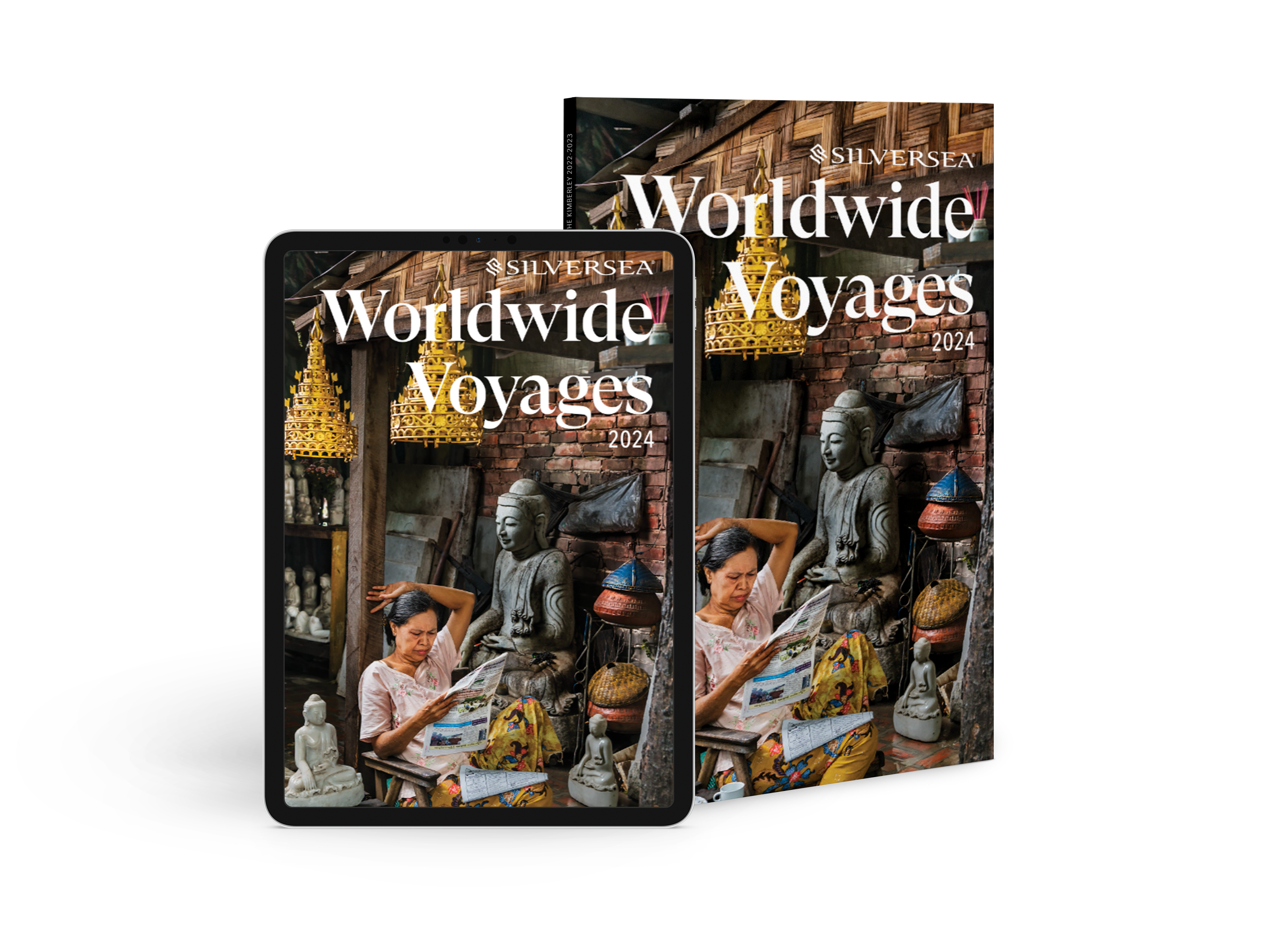Africa Y Océano Índico
Sienta la llamada de la naturaleza
ENCUENTRE SU CRUCERO
Sueños de Africa Y Océano Índico
África y el Océano Índico rezuman una diversidad tan rica como sus propias costas. Es una región que ha retenido su magnetismo durante siglos, donde las culturas se entremezclan amigablemente, desde las arenas ámbar de Namibia a los muros rosados de Petra. El aroma de las especias flota en el ambiente, la resplandeciente flora y fauna espera a ser descubierta.
Glamurosos, quijotescos y deslumbrantes, África y el océano Índico son lugares legendarios y eternos.
-
-
-
-
-
-
-
-
-
-
-
-
-
-
-
-
-
-
-
-
-
-
-
-
-
-
-
-
-
-
-
-
-
-
-
-
-
-
-
-
-
-
-
-
-
-
-
-
FOLLETOS

Solicite un folleto gratuito
Viaje más allá
NUESTROS BARCOS CON DESTINO A ÁFRICA Y OCEANO ÍNDICO
Silver Cloud
Con 20 zódiacs recién estrenadas, cuatro restaurantes superlativos y un itinerario de expedición que va de un polo a otro, Silver Cloud sabe cómo romper el hielo entre la aventura y el lujo.
- TRIPULACIÓN A BORDO212
- HUÉSPEDES254
- SUITES127
- OPCIONES GASTRÓNOMICAS4
- Dolce Vita
- Zagara Beauty Salon
- Cubierta de la Piscina
- Recepción
- Gimnasio
- Connoisseur’s Corner
- Observation lounge
- Boutique
- Explorer Lounge
- Panorama Lounge
- Zagara Beauty Spa
- Estudio de fotografía
Silver Dawn
¡Ya está aquí el Silver Dawn! Nuestro décimo barco de superlujo se unió a nuestra flota en abril de 2022 con un itinerario por todo el mundo que promete experiencias auténticas con las que podrá sumergirse por completo en el destino.
- TRIPULACIÓN A BORDO411
- HUÉSPEDES596
- SUITES298
- OPCIONES GASTRÓNOMICAS8
- S.A.L.T. Bar
- S.A.L.T. Lab
- Panorama Lounge
- Casino
- Dolce Vita
- Gimnasio
- Otium Spa
- Observation Library
- Connoisseur’s Corner
- Arts Café
- Pool Deck & Jacuzzi Area
- Boutique
- Otium Beauty Salon
- Venetian Lounge